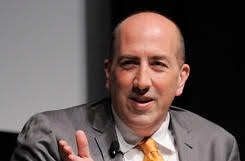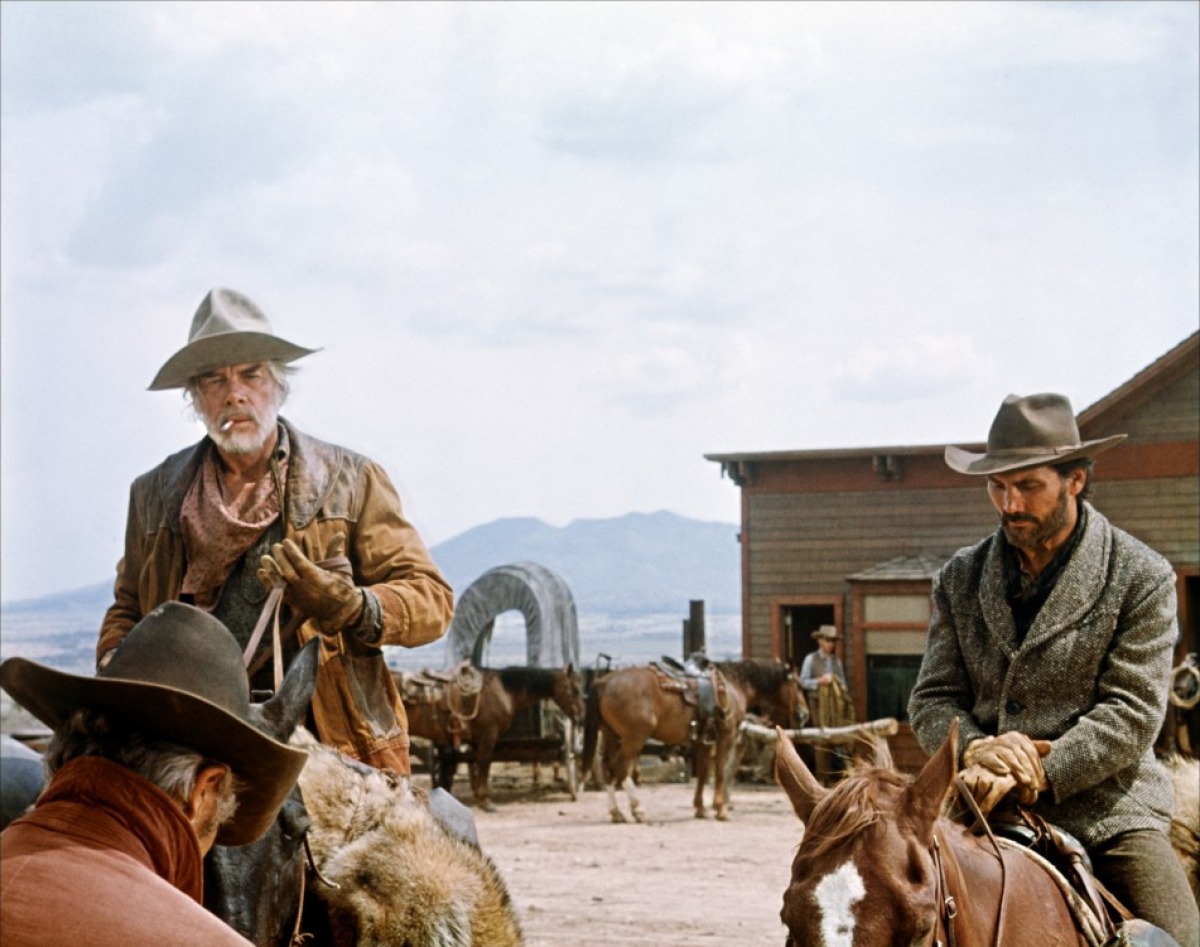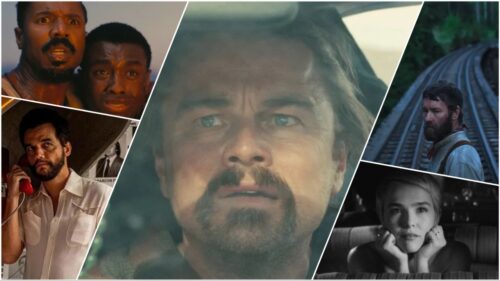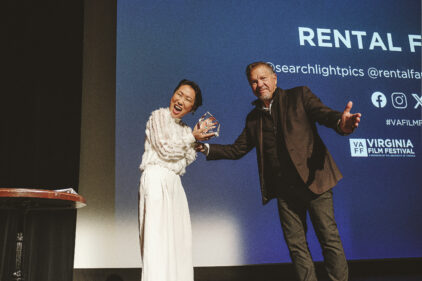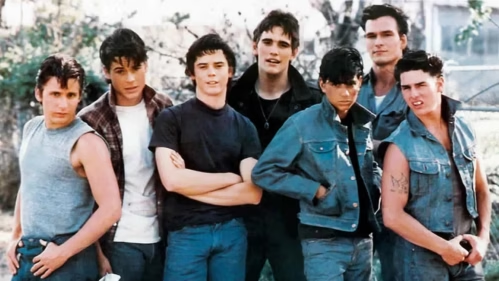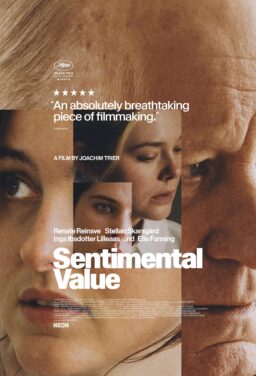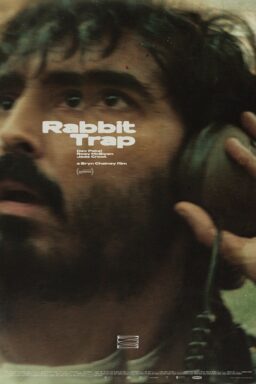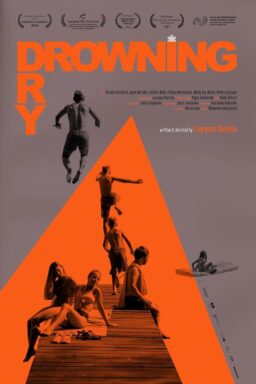Back in the day, when home video movie libraries were set to
become a “thing,” rather than the cloud/streaming BS that is now “the thing,”
MGM/UA’s laserdisc division began issuing two-disc “double feature” packages.
Woody Allen’s “Bananas” and “Love And Death.” The Marx Brothers’ “At The
Circus” and “Go West.” Kubrick’s “Killer’s Kiss” and “The Killing.” And so on.
Flipping through these at a Tower Video one afternoon, a waggish cinephile pal
of mine noted. “They should put out ‘Persona’ and ‘Duel at Diablo’ as a Bibi
Andersson double feature.”

I still laugh at this. The two movies couldn’t be farther
apart. Ingmar Bergman’s tortured, experimental black-and-white exploration
of female identification and
psychological trauma, in glorious black-and-white and Ralph Nelson’s
rough-and-ready trail Western. And they are pretty far apart, sharing in common
only their production year (1966), their U.S. distributor (yes, in both cases
MGM—otherwise the joke’s not as funny, obviously), and female lead. Which is
not to say that “Duel” is a joke of a movie. A recent Kino Lorber studio classic
Blu-ray version of the film is a fine way to rediscover it—and yes, thanks to
the Criterion Collection’s beautiful Blu-ray of “Persona,” you CAN make a
double-feature out of it if you like.
Directed by Ralph Nelson and starring James Garner, “Duel”
isn’t exactly an anti-Western but it is a pretty nervy piece for its time,
delving into issues of race and sex that had been strictly taboo in decades of
cowboy-and-Indian-and-cavalry shoot-em-ups. To break it down: Garner’s
character is a scout who’s looking to avenge the murder of his Comanche wife.
Bibi Andersson plays a woman Garner rescues from Apache captivity—only it’s not
quite that simple, as we discover that in a previous stint of captivity, she
bore the son of an Apache chieftain. Dennis Weaver plays Andersson’s sniveling
white husband, who doesn’t seem to much want his wife back once Garner delivers
her. And male co-lead Sidney Poitier rounds out the race mixing as a onetime
Buffalo soldier turned killer/horsetrader. Garner, Poitier and Weaver ride out
on a cavalry mission that’s soon ambushed, and effectively, by Apaches, who’ve
got Andersson’s character in tow. The subsequent tale of slaughter and survival
is pretty bracing. It’s interesting to see Garner, fresh off his very popular
and successful stint on the comic Western TV series “Maverick,” playing a
relatively humorless character. Weaver, too, is effectively strident and
uptight in a pre-“McCloud” turn. Poitier is suave but also pretty righteous. A
fight scene early in the film in which he allows Garner to duke it out with
four would-be rapists (of guess who) while evening out the odds by making sure
that one of Garner’s armed enemies knows that Poirier’s also got a gun, is a
highlight in both the character-building and shooting/fight choreography
categories. Anderrson takes a lot of punishment in the movie (so it IS like a
Bergman picture in at least one respect!), from both white characters and
Indian. But she’s never objectified, and her preternatural beauty and
exceptional acting chops give her presence so strong it’s almost lunatic. A
good show. Director Nelson would return to the themes of “Duel” in his
grueling, explicit “Soldier Blue” a few years later but this is arguably the
more palatable entertainment.

This was Andersson’s first American film, and she didn’t
stop with it. But unlike Ingrid Bergman, she wasn’t catapulted to U.S. film
industry stardom, instead doing her best work back in Sweden, occasionally
dipping her toe into a U.S. production or super-production. (With often weird results:
Robert Altman’s reviled sci-fi allegory “Quintet,” James Toback’s odd erotic
thriller “Exposed,” and oddest of all, “Airport ’79: The Concorde,” in which
she plays a call girl who has an assignation with, yes, George Kennedy.)
The sub-genre of International-Art-House-Screen-Sirens is a
very small one, and this month Kino Lorber adds to it with the release of
1970’s “Monte Walsh,” a 1970 picture that teams Lee Marvin and Jack Palance
with…Jeanne Moreau? Indeed. The muse to Malle and Truffaut, the immortal
Catherine of “Jules and Jim,” here plays against two of the American cinema’s
most distinctive tough guys. It’s not
nearly as odd as it sounds. In point of fact, Marvin and director William
Fraker went to Paris to persuade Moreau to take the role, that of a French-born
prostitute servicing the cowboys of a disappearing West. “Monte Walsh” is a way
less violent treatment of “The Wild Bunch” theme of the late 19th
Century phasing out one way of life and phasing in another. Palance and Marvin
go against their conventional screen images and play more or less average guys
who are suddenly made aware that time is running out for them and their
profession. When one of their friends and colleagues, Mitchell Ryan’s Shorty,
goes rogue and takes up armed robbery, reality catches up to everybody quick.
Fans of Marvin and Palance will be delighted to see them playing relatively
everyday people in this picture, which, while no masterpiece, is certainly an
underseen gem. Moreau fits right in with their humor, poignancy, and
underplaying. Marvin and Moreau made up kind of a mutual admiration society;
the actress said of the ineffable Marvin, “He says more in less words,
sometimes in no words at all, than any other American actor I’ve ever met.”
(That quote’s from “Lee Marvin: Point Blank,” the excellent Marvin biography by
Dwayne Epstein.)
